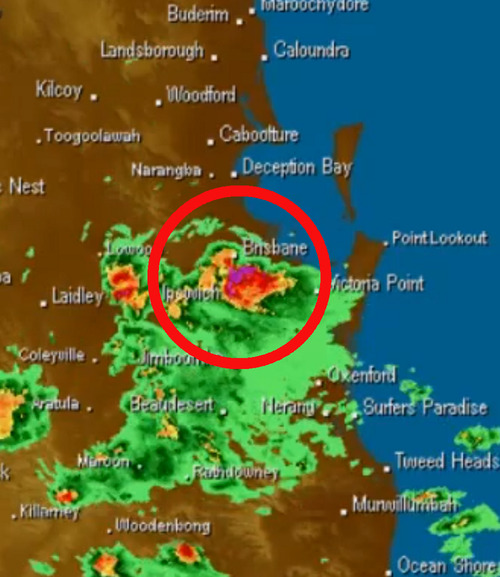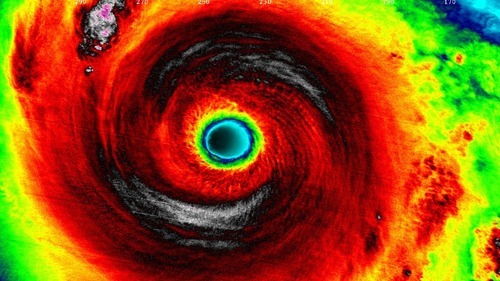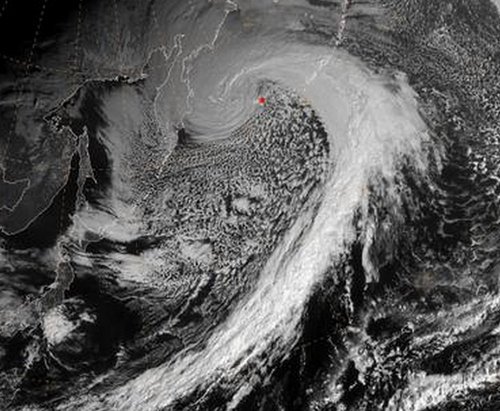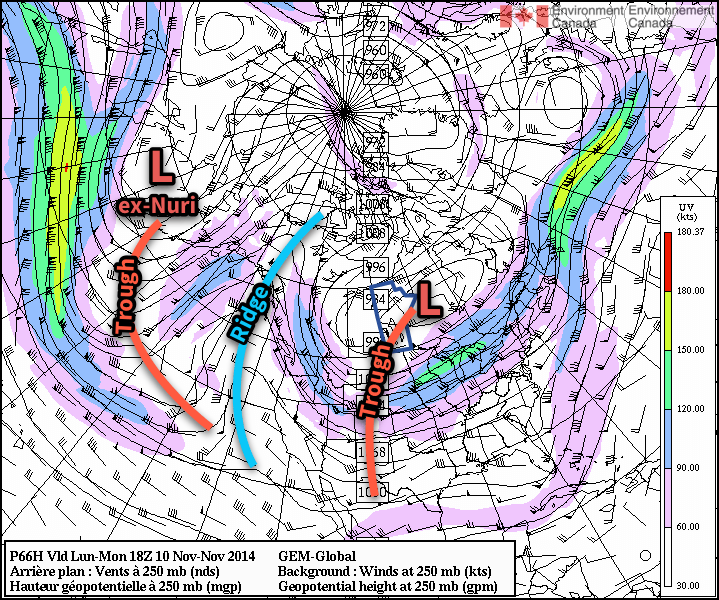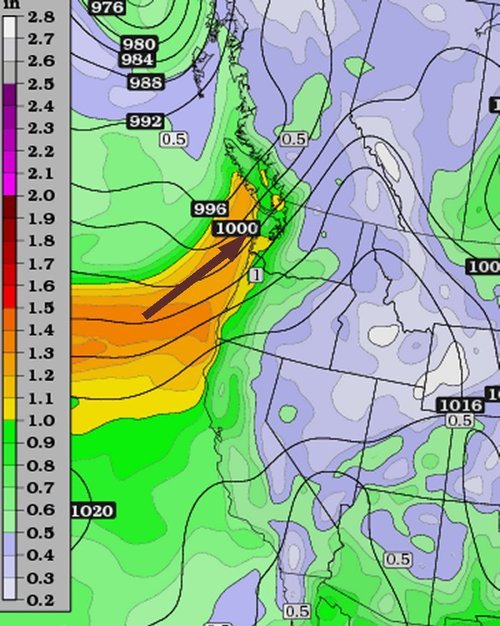Widespread Floods Affect Southern France
A low pressure system advecting plenty of moisture Poleward from the Mediterranean Sea was in place over south-central France on Monday making for a good setup of long lasting heavy rains. The rains, enhanced by scattered thunderstorms prompted Météo France to issue various warnings, from strong wind warnings to severe thunderstorm warnings in addition to the rainfall warnings. A few areas along France’s southern coast were particularly hard hit with rainfall totals between 180-210mm in six hours on Monday. In addition to that another general 40-50mm (some amounts higher locally) fell as the system was moving off on Tuesday. On Wednesday, another low pressure system quickly moved into the region, again bringing with it rain and more storms. There was also a report of a weak tornado accompanying the one of the storms.
With already saturated soils from earlier in the week, conditions were primed for overland flooding as the second system moved in. Helicopters and rescue workers were hard at work towards the end of this week as people got trapped in their vehicles and houses from the flooding in southeastern France. There were five deaths related to the flooding events and 6,000 households were without power. The damage from the unconfirmed tornado comprised of roofs blown off and trees uprooted.
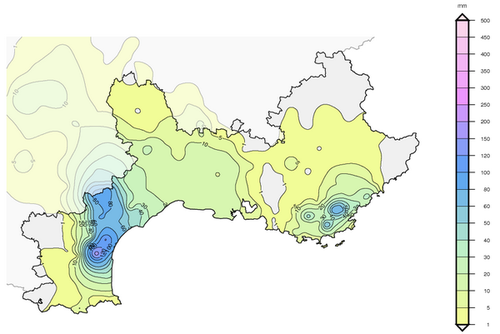
Unfortunately the soggy weather is expected to stick around the region this weekend. The upper-level cutoff low located over Southern Spain will drift ever so slowly to the east but will bring with it more showers and rain to southern France.
In other news, a supercell hit Brisbane, Australia this past week and knocked out power to 90,000 residents. The storm brought just about everything with it; golf ball size hail, strong winds and flash flooding – damages are in the hundreds of millions.
